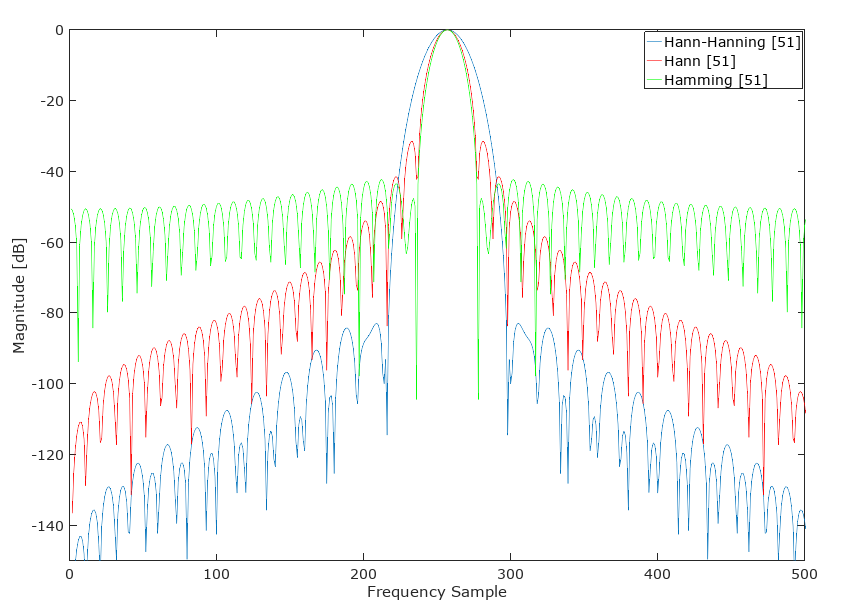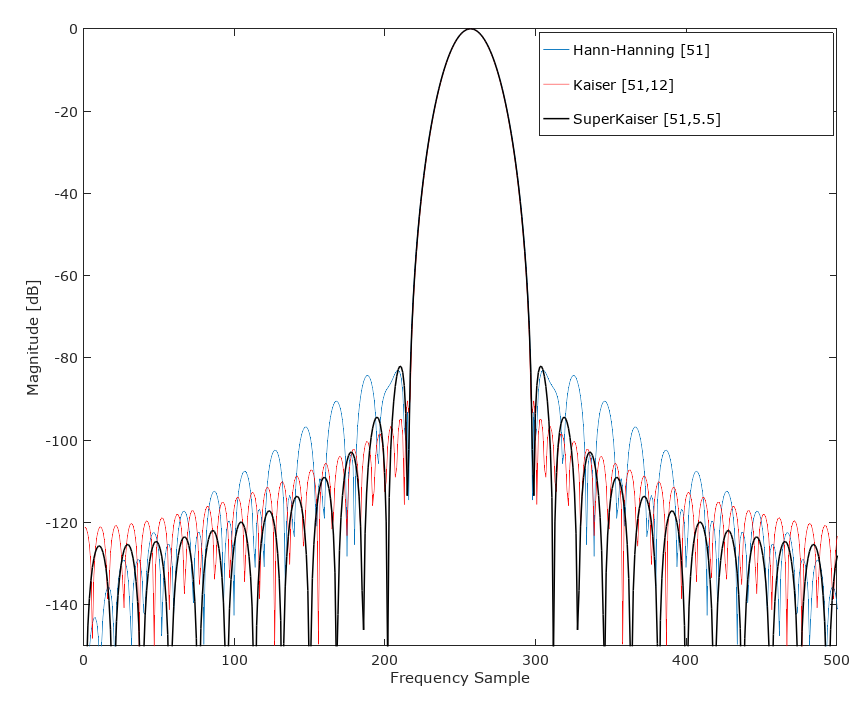In reviewing fred harris' Figures of Merit for various windows (Table 1 in this link) the Hamming is compared to the Hanning (Hann) at various values of $\alpha$ and from that it is clear that the Hann would provide greater stopband rejection (The classic Hann is with $\alpha =2$ and from the table the side-lobe fall-off is -18 dB per octave). I provided the link as you can see many more considerations involved when choosing a window for various applications.
The result of this is apparent when comparing the kernels for a 51 sample Hann and Hamming window using Matlab/Octave. Note the higher first sidelobe level with Hann but significantly greater rejection overall:

So bottom line, what I think was missing from the OP's table of reference but an important consideration is the rate of side-lobe roll-off. This is of particular concern with multisampling applications since there can be many alias bands that fold-in, so a rapid roll-off helps minimize noise growth. Also in the interest of minimizing overall noise in the presence of AWGN (only) a faster roll-off at the expense of a higher first lobe could be preferred.
Additional Notes of Related Interest:
Personally, I would not use either window for filter design. If any window, I would use the Kaiser or DPSS windows, or instead of windowing design the FIR filter with the least squares algorithm (firls in Matlab, Octave and Python's scipy.signal). See FIR Filter Design: Window vs Parks McClellan and Least Squares for the related discussion.
I convolved a 26 sample Hann with a 26 Hamming to come up with an alternate 51 sample "Hann-Hamming" with the following result (note the label is incorrect in the graphic, this should be "Hann-Hamming" not "Hann-Hanning"):

UPDATE: This Hann-Hamming does not (generally) out-perform a Kaiser window of similar main-lobe width:

I then tried what I call a "SuperKaiser" where I convolved two shorter length Kaiser windows to come up with an alternate 51 tap window with the following result. This was done by convolving Kaiser(26,5.5) with Kaiser(26,5.5) such that SuperKaiser(51,5.5)= conv(kaiser(26,5.5),kaiser(26,5.5)). At first glance it appears to generally outperform the kaiser(51,12), matching the main lobe width and providing superior stopband rejection over most of the stopband. An integration of total stopband noise under the assumption of AWGN is of interest to see if this new window is superior under that condition (does the relative area under the first two sidelobes where SuperKaiser is inferior completely offset all the remaining stopband improvement?). If I have time I will add that assessment. Interesting! As @A Concerned Citizen astutely pointed out, as we keep convolving we should approach a Gaussian window.






